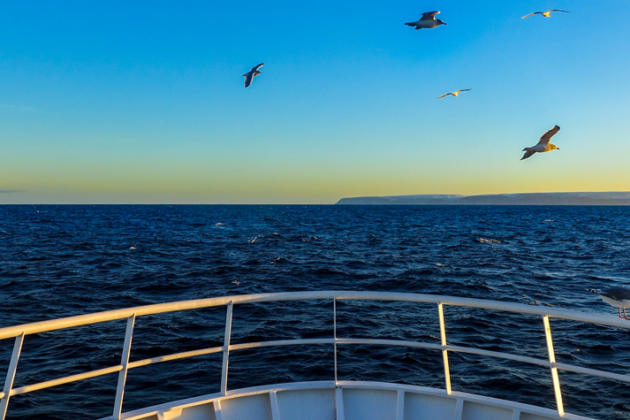Equality assignment for Nofima

Fewer than four per cent of Norwegian fishermen are women. Nofima has now been commissioned by the Norwegian Ministry of Industry and Fisheries to identify measures that could help to improve gender equality in the industry.
“There are too few women in the fishing industry. We are now asking Nofima to look at measures that would help to improve equality in the industry,” says Minister of Fisheries and Seafood Odd Emil Ingebrigtsen.
Working on strategy
In 2020, only 360 out of 9,504 fishermen were women, i.e. less than four per cent.
“I hope that more women will choose the fishing profession in the future. It is important that the industry attracts expertise and drive from the entire population,” says the Minister of Fisheries and Seafood.
The Ministry is working on an equality strategy for the fishing industry. In this regard, they have asked Nofima to produce a report explaining the status and suggesting possible measures.
“Nofima’s input will serve as an important contribution to this strategy,” says Mr. Ingebrigtsen.
Report ready in May
Nofima will propose measures that could facilitate better equality in the short and long term. This work will be led by senior researcher Edgar Henriksen and the report is due to be completed in May.
“This is a very interesting assignment in an important area. Due to history and culture the actual fishing aspects of the industry are very male-dominated. It will be very exciting to analyse the situation and propose measures that could help us accelerate developments towards a more equal industry,” says Divisional Director Magnar Pedersen at Nofima.
The report will also consider whether or not current regulations serve as an obstacle to achieving better equality. We will also identify and consider whether or not there are other possible challenges involved in achieving better equality, for example, challenges relating to recruitment, funding, attitudes and participation in governing bodies in relevant organisations.
Reference group
A reference group will be set up as part of Norima’s work in order to provide valuable input, support and guidance during the project.
This reference group will consist of people who are familiar with the challenges experienced by female fishermen. It will also provide assessments about anything that could promote enhanced equality.
The following people will participate in the reference group:
- Emma Ingebrigtsen, Master’s student (NTNU), from a fishing family in Gjesvær, Finnmark
- Janita Arhaug, former trawler fisherman, NCE Legasea in Ålesund
- Ann Jorunn Olsen, former trawler fisherman, now employed by the Norwegian Seamen’s Association. Lofoten and Oslo
- Signe Sønvisen, Associate Professor at the NFH, has studied recruitment. Tromsø
- Sandra Andersen Eira, fisherman in an open group. Samting (Sami Parliament) representative. Porsanger
- Mari-Ann Johansen, coastal fisherman and on the board of the northern branch of the Norwegian Fishermen’s Association. Tromvik in Tromsø
- Rita C. Sævik, deck officer and fishing boat owner, purse seine. Fosnavåg
- Annsofie Kristiansen, General Manager of the Norwegian Coastal Fishermen’s Association. Flakstad
- Roger Hay, fishing boat owner with experience in hiring women. Sortland
- Joakim Martinsen, head of the Norwegian Fishermen’s Association. Trondheim
A steering group has also been set up for the project which will be chaired by State Secretary Trine Danielsen.
The steering group consists of the following members:
- Mariann Frantzen or Eirin Roaldsen, the Norwegian Pelagic Association
- Stine Ytterstad, Fiskebåt Nord
- Alice Helleberg, the Norwegian Coastal Fishermen’s Association
- Kjell Ingebrigtsen, the Norwegian Fishermen’s Association
Publication
Topics
Fisheries